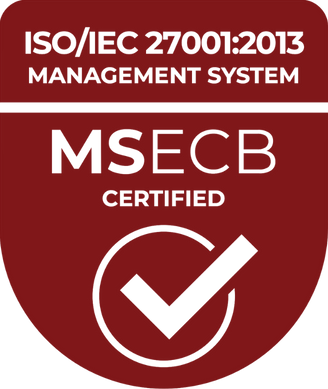Change management in practice

How did you do it? What is your secret? How did you succeed in managing resistance to change? What lessons and advice can you give to others? These and other such questions are not uncommon, and Prevas has succeeded in performing a journey of change worthy of such analysis. My name is Johan Strid, and I have been CEO of Prevas since August 2018. In this blog post, I will attempt to summarise the journey undertaken by our company, including the situation at the start, the measures implemented, the current situation, and some of the lessons we have learned.
Two years ago we were a company with very weak profitability, and this had been the case for a very long time. At the same time, consulting firms were thriving in the midst of a boom period.
There was a certain element of luck involved with my own personal start at Prevas. The earlier management had focused on handling problems and fighting fires. As a result, I was not exactly faced with a crisis upon my arrival, yet the firm’s results were still mediocre at best. I started with the classic approach – listen, analyze and form an understanding of the situation. The most important parts of my initial days at Prevas were the coffee breaks – in other words, the opportunity to spend time with my colleagues, listen and ask questions. What was the company doing well and perhaps less well? What would you have done if you had been CEO? What are our strengths?
Technology at the forefront
Even though I am experienced and have seen a lot during my career, I know how important it is to approach and perform an analysis with an open mind. I must admit that I had a hypothesis about the “wrong people”. But, no, it seemed that I actually had really good colleagues to work with, and the KPIs were quite okay on the whole. There was nothing that stuck out, and the firm also had satisfied customers. Furthermore, the results of the latest employee survey were good in relation to a number of points and quite okay otherwise. I perceived that my new colleagues were very competent and very dedicated.
One aspect that did really stick out positively for me personally was the cutting-edge nature of many assignments, projects with a real ”WOW factor”, with technology at the forefront, and with a high level of innovation and significant end-user benefit. The firm also had solid values which were well established internally, and there weren’t any obvious “sinkholes” either. Sometimes a company can have individual units that are underperforming without any real prospects of improvement, in which case such units must be disbanded. But this was not the case at Prevas.
Negative confidence spiral
After a short period of reflection, we defined some of our problems. Very often, a major part of the problem resolution process is the ability to really get to the heart of the issue. What we found was an overly rigid and complex system that provided no freedom for managers and sales staff to follow their inner passion and practice their profession in a truly rewarding manner.
The firm had a huge quality system with many details and heavy processes, and was encumbered with a negative confidence spiral and an outdated style of leadership. The latter point is a subjective assessment, but there was a philosophy reminiscent of 1980s industry, with a top-down management approach characterised by hierarchy, structure, monitoring and reporting. Also – and once again this is a subjective assessment – there was a distorted view of “OK performance”, and a lack of actual focus on profitability in practice; simply put, underperformance had become an established habit. Mediocre and average KPIs are usually an indicator of a similar level of results, in addition to which there is almost always at least one unit with problems which drag down the overall performance.
The focus of the business needs to be aimed at top performance when things are going well and resolute measures during more difficult times. In my experience, the most effective measures seldom involve the winding up of problematic areas, even though this may be necessary from time to time, but rather the finding of the profitable path forwards, which is often a specific combination of measures in each individual area.
Openness and participation
We set ourselves some goals:
- Drastically improved profitability
- A dynamic company
- Active business development
It was a conscious decision to set goals that were not specifically measurable – the most important aspect was the direction we would be taking. The actual description of the goals was, of course, more detailed than the above, but I feel that these bulletin points are sufficient for the purposes of this blog post.
And then we did it. What – everything?! Yes, we did it all! We had already initiated certain measures during the analysis, as certain aspects were obvious. On my very first day as CEO, I began blogging internally, and I chose to be very open – open about my thoughts, my observations, and my ideas. I attended the consultant meetings, I presented the analysis and I discussed proposed measures. This approach paved the way for increased understanding and participation. It also meant that, when the measures were actually implemented, it was a natural process, in line with the analysis.
Change measures
In addition to communication, one of the earliest measures was to break the negative confidence spiral. This became a declaration: from now on, we believe in the drive and capacity of individuals, not reporting. Naturally, there was still a need for some form of clear reporting, but the nature of the reporting became more of “progress towards a goal” rather than an explanation of historical figures.
We also changed the organizational structure, from a matrix to a more traditional line structure, and we simplified our processes. We replaced the sales and management process, and we reduced costs and removed overhead. We shifted from centralized management to decentralization.
We introduced voluntary sales training and received a high level of participation from the target group. We replaced a number of systems, which included moving from another CV system to Cinode’s solution. We implemented Slack as an internal communication channel, and we introduced digitalized onboarding and simplified internal benchmarking. We highlighted positive cases, but without concealing the less successful ones. We changed our verification and approval procedures, and we introduced a new employee survey and a new app for receipt management. As I wrote earlier – we did it all!
Brand is everything!
The management team also developed a new plan for the company. This was presented online to all employees, as well as in the internal blog and during the consultant meetings. And every unit did the same – they produced clear plans regarding what they wanted to achieve with their activities. We also initiated a project focused on brand development. It took a certain amount of courage to start such an ambitious project at a time of financial weakness, but we were convinced that our brand means everything in terms of the future of our firm. An external agency was selected, and we also applied an approach based on openness and participation in this project. A survey was sent out to everyone, and we held workshops and discussions aimed at upgrading our vision, mission, and tagline as well as our graphic profile. The upgrade became a reflection of what truly drives us – to do something good with technology and to do it together with others. We even refined our values somewhat. And all this was achieved while also conducting our normal business activities, as always.
Visualizing one’s strengths
When I look back at the journey we have undertaken, it is staggering to think how much we were able to do and change in the space of only twelve months. At the same time, the results come step by step. There were already a lot of good things within the company – the people, the high level of competence and dedication, and the customers. It was just a case of allowing all these positive aspects to see the light of day.
When we summarised the outcome in relation to the goals we had set, we found that our results had broken new records, with a profit margin of 10.2 percent in the last quarter. We want to be a dynamic and modern company, definitely. But it also has to do with seeing ourselves as a network organization with a modern style of leadership and a brand to match, and we can now also place a tick in that box. Then there is the aspect of active business development, and in this regard, there is still more to be done, although we have also made progress in this sphere by building and clarifying our relevance and our market contribution.
Continual adaptation
So, is our journey now complete? Of course not, and it never will be, which is part of the charm of this type of process. We must be prepared to continually adapt to the world around us, which is completely different now than it was just a few months ago. This is the true essence of being a dynamic organization.
One of the initial questions I mentioned had to do with managing resistance to change. So how much resistance was there? I would suggest that there wasn’t actually much resistance at all. One way of viewing the change that has taken place is that Prevas has adapted to modern times, and many of the ideas are not in themselves particularly new or innovative. Rather, it is a matter of having a desire and willingness to change. There is also a message here that the drive of the individual is a key factor in such a process, and this is a message I am grateful to be able to reflect on.
There are three key lessons I would like to highlight from this complex and comprehensive journey. The first has to do with communication; how important it is to communicate openly, analyze ideas, and focus on the “why”. While it’s true that open communication at an early stage of the process can create a certain amount of concern or worry, for the vast majority of people it facilitates their understanding of the process and enables them to contribute to the journey. The second lesson is that it is possible to make a lot of changes in a short space of time while also improving the company’s financial results. And the third lesson is that there is no single way of managing the situation, which is why decentralization and personal drive are of such importance. Creating an opportunity and a forum for individuals to reap the benefits of their dedication and engagement is a strong force for positive change.
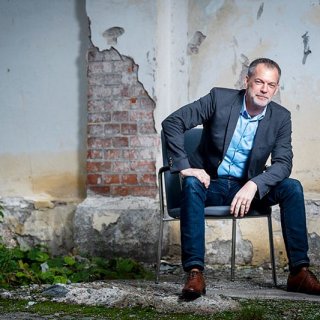
CEO at Prevas
CEO at Prevas
You may also like...
All posts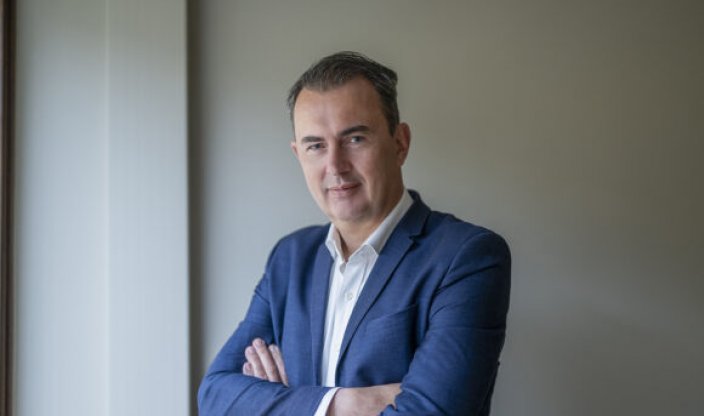
Oct 10 2025 · Consulting, Entrepreneurship
🚀 The Head of Analysis: Seven Success Factors for Consulting Firms 2025–2030
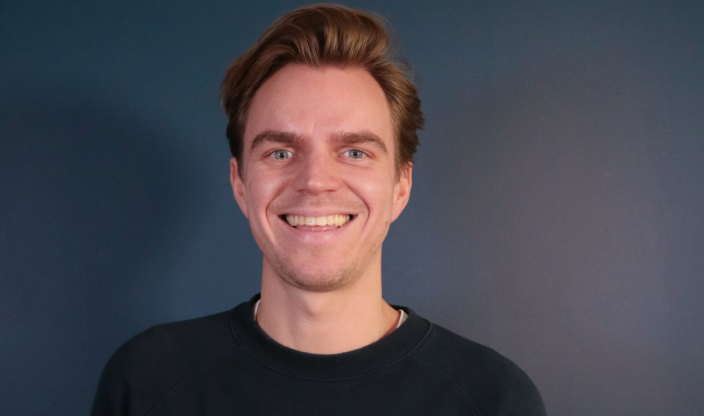
Feb 08 2024 · Consulting, Entrepreneurship
The advantages of digitizing your consulting process

Jan 31 2024 · Consulting, Entrepreneurship
Are you swimming in the red or blue ocean? Dominate your market through a “Blue Ocean” strategy

Dec 06 2023 · Consulting, Entrepreneurship
AI – an impending shift within the junior consulting profession
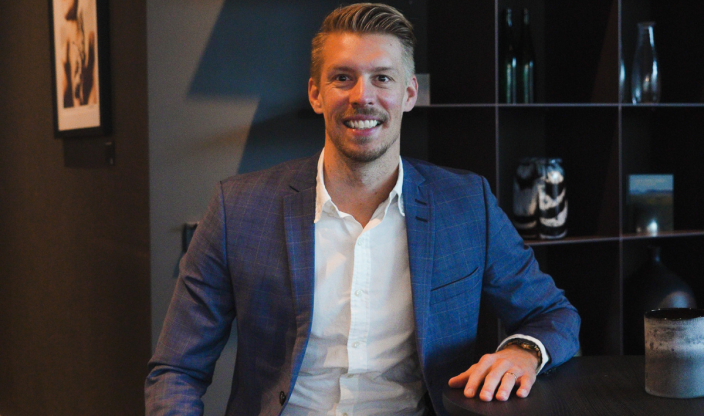
Nov 23 2023 · Consulting, Entrepreneurship
Being kind at work pays off
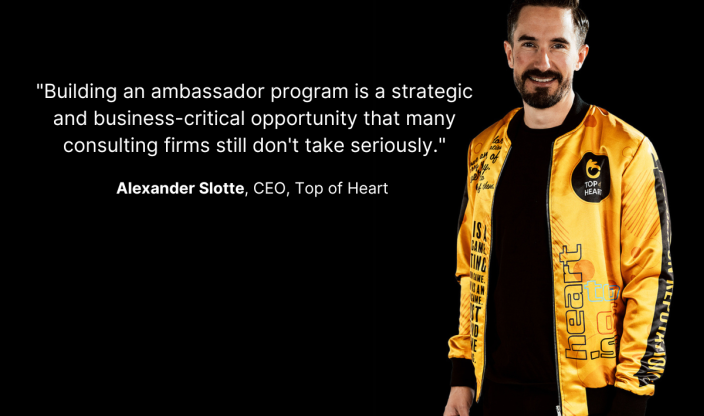
Aug 16 2023 · Consulting, Entrepreneurship
This is how you grow your consulting firm faster with ambassadors
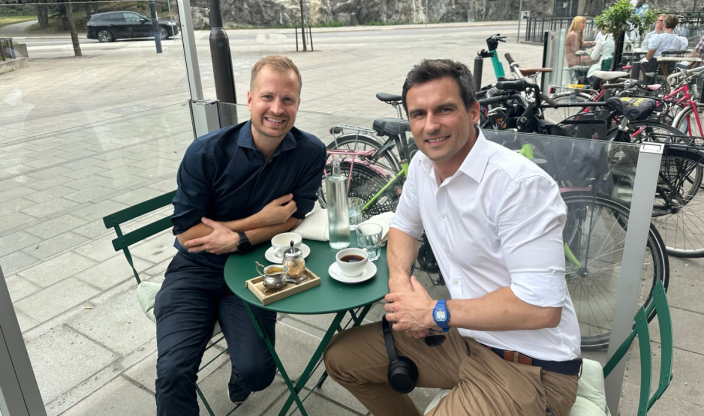
Jul 05 2023 · Cinode, Consulting, Entrepreneurship
Succeed in the Nordic market as a Polish consulting firm
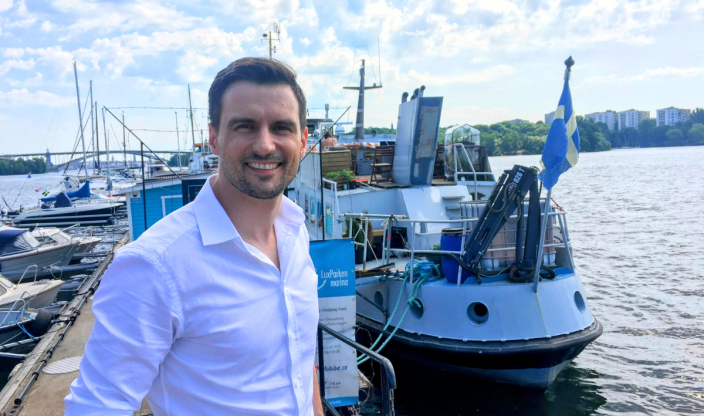
Jun 28 2023 · Entrepreneurship, Skills Management
Bridging the gap between Swedish companies and Polish IT talent
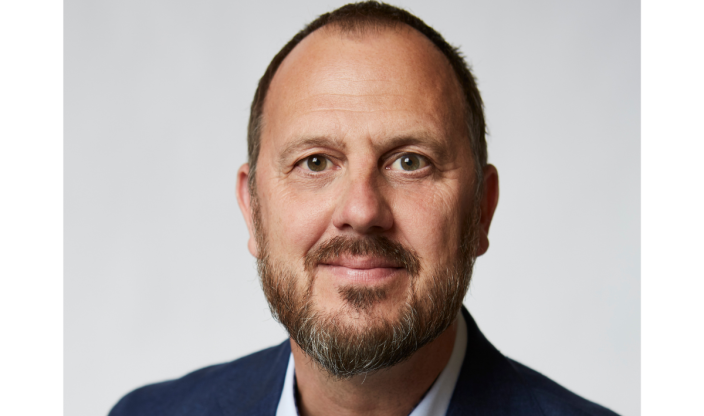
May 16 2023 · Consulting, Entrepreneurship
The consulting company that grows without growth goals
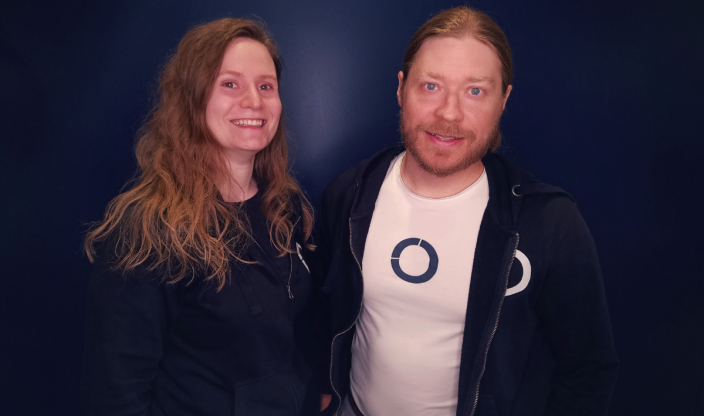
May 09 2023 · Consulting, Entrepreneurship
Quickly growing AI expert Silo AI is streamlining its processes with Cinode

Sep 13 2022 · Consulting, Entrepreneurship
“The aim is to normalise entrepreneurship and revolutionise matching”

Jun 28 2022 · Consulting, Entrepreneurship, Skills Management
